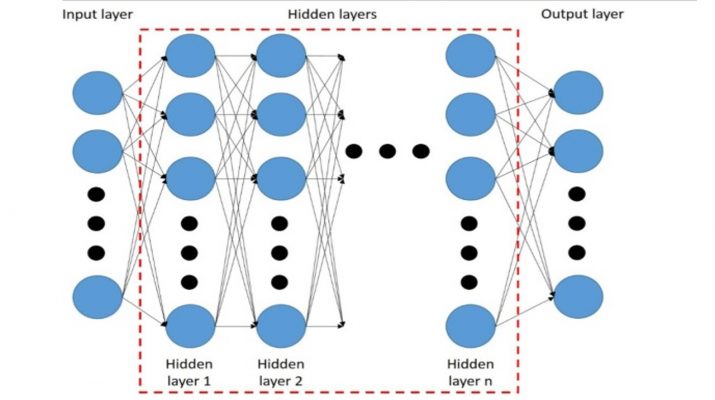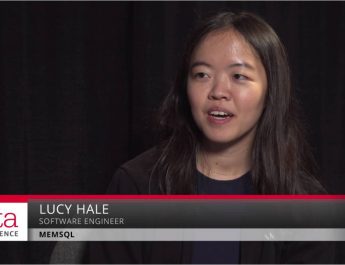In the oil and gas industry, primary and secondary recovery methods typically can produce on the average about one-third of the original oil in place (OOIP), while enhanced oil recovery (EOR) techniques can boost oil recovery to 40–60% of OOIP.
Common EOR methods include gas flooding , chemical EOR and thermal EOR. Recently, gas injection EOR gained extensive attention due to its wide application in shale reservoirs. In US, the existence of natural CO2 resources makes it possible to use CO2 as one of the main injection agents to enhance hydrocarbon recovery. Reported studies show that CO2 –EOR brings huge potential in improving oil production from shale reservoirs in North America and some mature oil fields. A successful CO2-EOR project would take advantage of the injected CO2 to produce residual oil leftover from the primary and secondary recovery stages, and safely store large volume of CO2 gas for a long time period. Thus CO2-EOR is also considered as one important approach to reduce global greenhouse gas emissions. CO2 has been utilized as a miscible/immiscible injectant in numerous enhanced oil recovery (EOR) projects in the US and it has been observed that much of the injected CO2 remains underground during the life of the project.
Abstract
Carbon dioxide-Enhanced Oil Recovery (CO2-EOR) is known as one of techniques for hydrocarbon production improvement as wells as an important candidate to reduce greenhouse gas emissions. Thus, an ideal development strategy for a CO2-EOR project would consider multiple objectives including to maximize oil recovery, CO2 storage volume and project economic outcomes.
This work proposes a robust computational framework that couples artificial neural network (ANN) and multi-objective optimizers to optimize the aforementioned objectives in CO2-EOR processes simultaneously. Expert ANN systems are trained and employed as surrogate models of the high-fidelity compositional simulator in the optimization workflow. The robustness of the development optimization protocol is confirmed via a synthetic injection-pattern-base case study.
Afterward, a field implementation to Morrow-B formation to optimize the tertiary recovery stage of the field development is discussed. This work compares the optimum solution found using an aggregate objective function and the solution repository (Pareto front) generated by the multi-objective optimization process. The comparison indicates the existence of potential multi-solutions satisfying certain criteria in a CO2-EOR project designing, which cannot be found using the traditional weighted sum method. The optimization results provide significant insight into the decision-making process of the CO2-EOR project when multiple objective functions are considered.
Junyu You
William Ampomah
Qian Sun





